A Virginian by birth, Anne lived with her husband and former tutor, Edward Alexander Spencer, in Lynchburg, Virginia, her entire adult life. On the grounds of a former Confederate army recruitment station called Camp Davis, Edward designed and built their Queen Anne-style house. Later in the mid 1920s, he built a cottage for Anne to enjoy in the center of her garden. They named it Edankraal, a blending of their names and the word kraal, a South African word loosely translated as place.
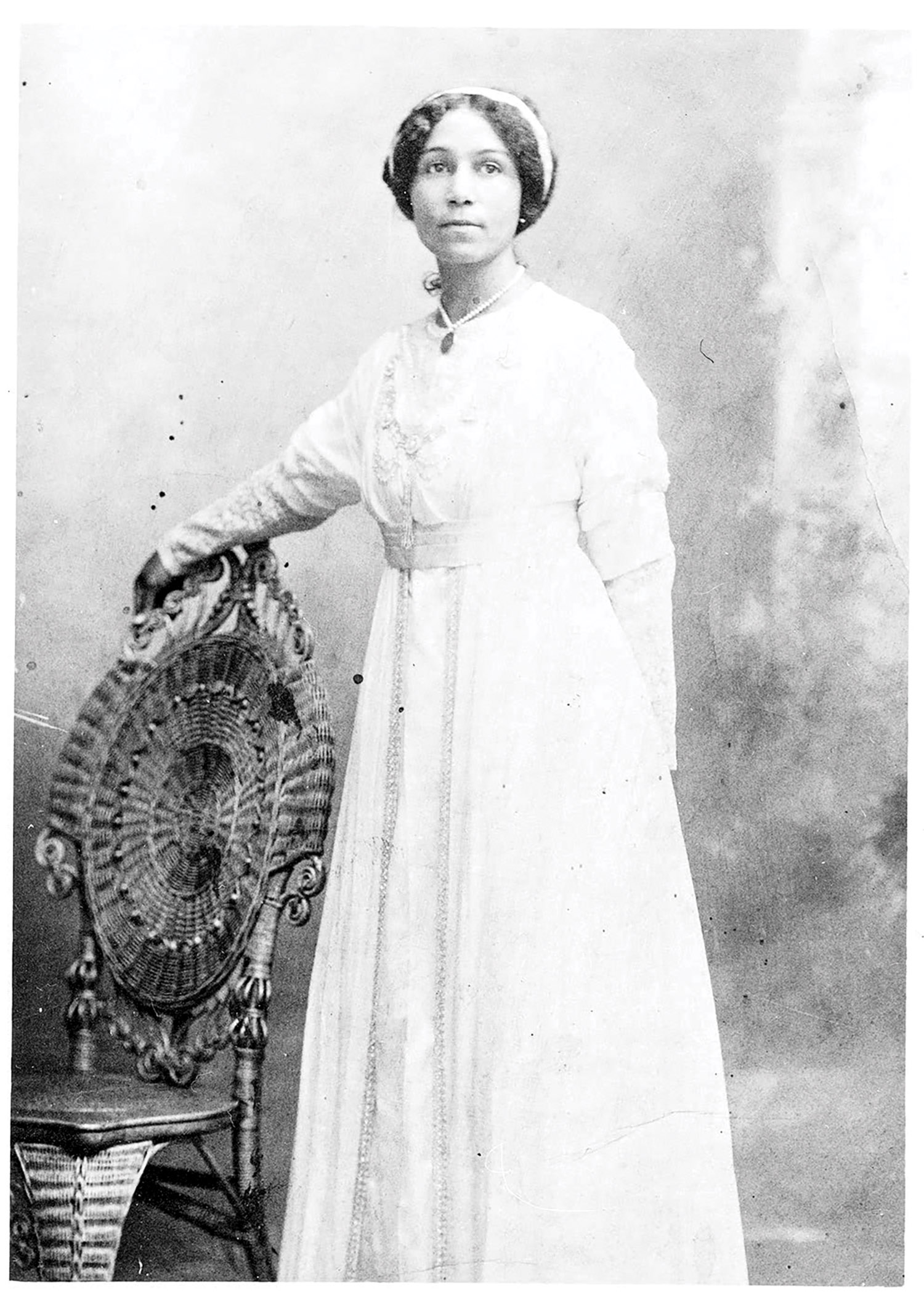
A young Anne Spencer poses for a photo. She would later become the first Virginian and the first African American to have her poetry published in the NORTON ANTHOLOGY OF AMERICAN POETRY. Photo via Wikimedia Commons
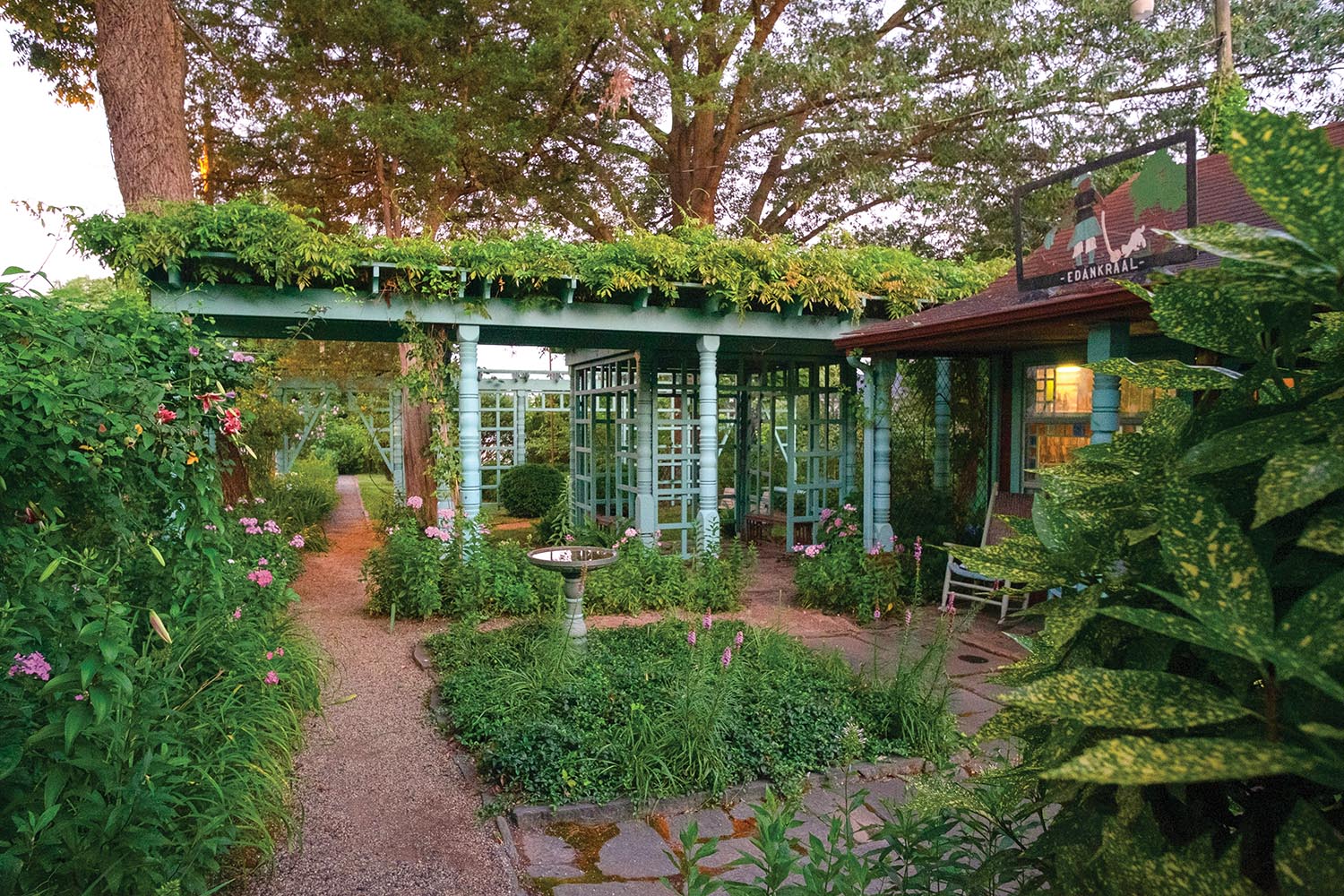
Photo by David LePage
Anne’s expanding garden, along with the cottage, was viewed by some as a metaphor for her blossoming career as a writer. While the basic structure of the garden, which included a grape arbor, planting beds, and a pergola, was completed in the 1930s, it was not until the years following WWII and her retirement that Anne could devote herself to her new vocation. The garden that is open to visitors today is a restoration meticulously researched and thoughtfully planted.
“Let me learn now where Beauty is;
My day is spent too far toward night.
To wander aimlessly and miss her place;
To grope, eyes shut, and fingers touching space.”
–from “Questing” by Anne Spencer
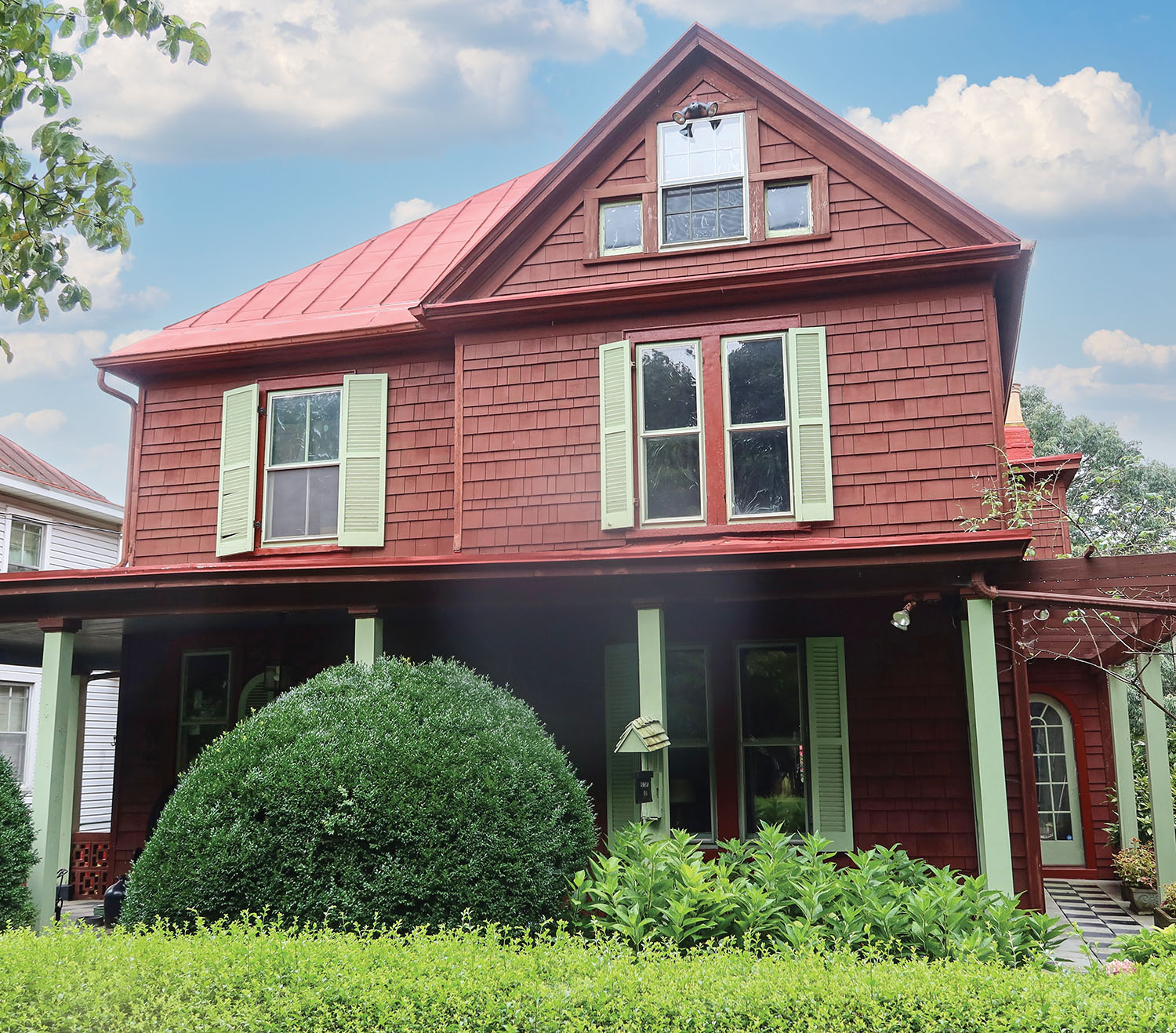
The colorful facade of Anne and Edward Spencer’s home at 1313 Pierce Street prepares you for the saturation of color and patterns that awaits inside.
Anne’s selections leaned toward lush textures in the foliage; bold colors of maroons, blues, and greens; and plants that attracted birds for their songs. Her garden was like a collage reflecting some of the characteristics of rural African American gardens at the time. Anne and Edward incorporated the fragments of railings, trellises, and carved moldings that Edward enjoyed salvaging, collecting, and refurbishing. And together they went on Sunday plant-hunting excursions in the countryside in search of wildflowers and other foliage to bring home to 1313 Pierce Street.

Anne in her garden, where many plants she found on country excursions were cultivated alongside roses and lilies. Courtesy of Anne Spencer House & Garden Museum
As an avid reader, Anne enjoyed the ideas she culled from various home and garden magazines— they were the catalysts to her experimentation in the four “rooms” that made up her well-contained garden. Each room gradually revealed itself as Anne separated them with colorful gates and a pergola while uniting all with gravel paths and a central axis.
Defined by privet hedges and a floor of lawn, and also dotted with dogwoods and evergreens, a small round pool serves as the focal point of the garden and is flanked by a semicircular bench that invites conversation. Along the edge of the pool is a cast-iron head of an African prince. The sculpture was a gift from W.E.B. Du Bois, the prominent writer, activist, and political leader.
Anne designed her garden with the intent of simply creating a place of beauty composed primarily of flowers with a few fruit trees and some herbs, and she loved sharing it with friends. After retiring from Paul Laurence Dunbar High School where she was the librarian for 22 years, Anne often invited small groups of school children to her garden where she led discussions on various subjects. With her insatiable appetite for knowledge, she cultivated her community just as she did her garden.
As a couple, Anne and Edward were activists and community leaders, and their home became a popular salon. In addition, the Spencers provided lodging for African American lecturers, artists, and political leaders that were denied housing owing to segregation in the South. Zora Neale Hurston, Langston Hughes, Thurgood Marshall, Marian Anderson, and Paul Robeson were just a few guests of the generous and hospitable couple.
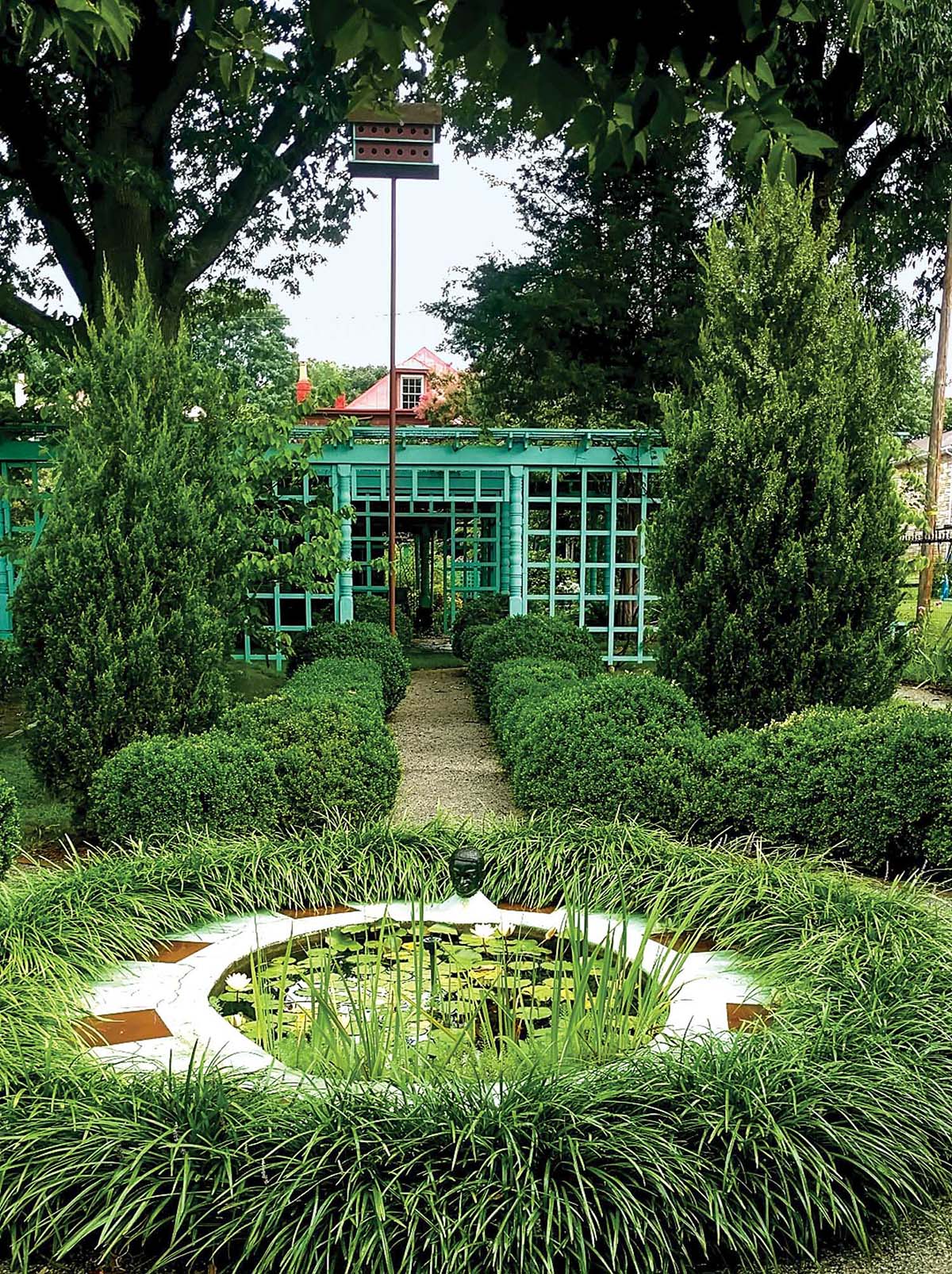
The last garden in a succession of spaces includes a pool that features a cast-iron sculpture of an African prince. Wikimedia Commons
On the day of my appointment to visit the house and garden with Anne’s granddaughter, Shaun Spencer-Hester, I wandered the garden alone before our meeting. For me, the spirit of a place is best consumed in solitude, allowing the eye and the ears to listen. The voice of a place is, in the words of Lawrence Durrell, “the invisible constant … with which an ordinary tourist can get in touch … ” All one must do is listen.
By Charlotte Moss
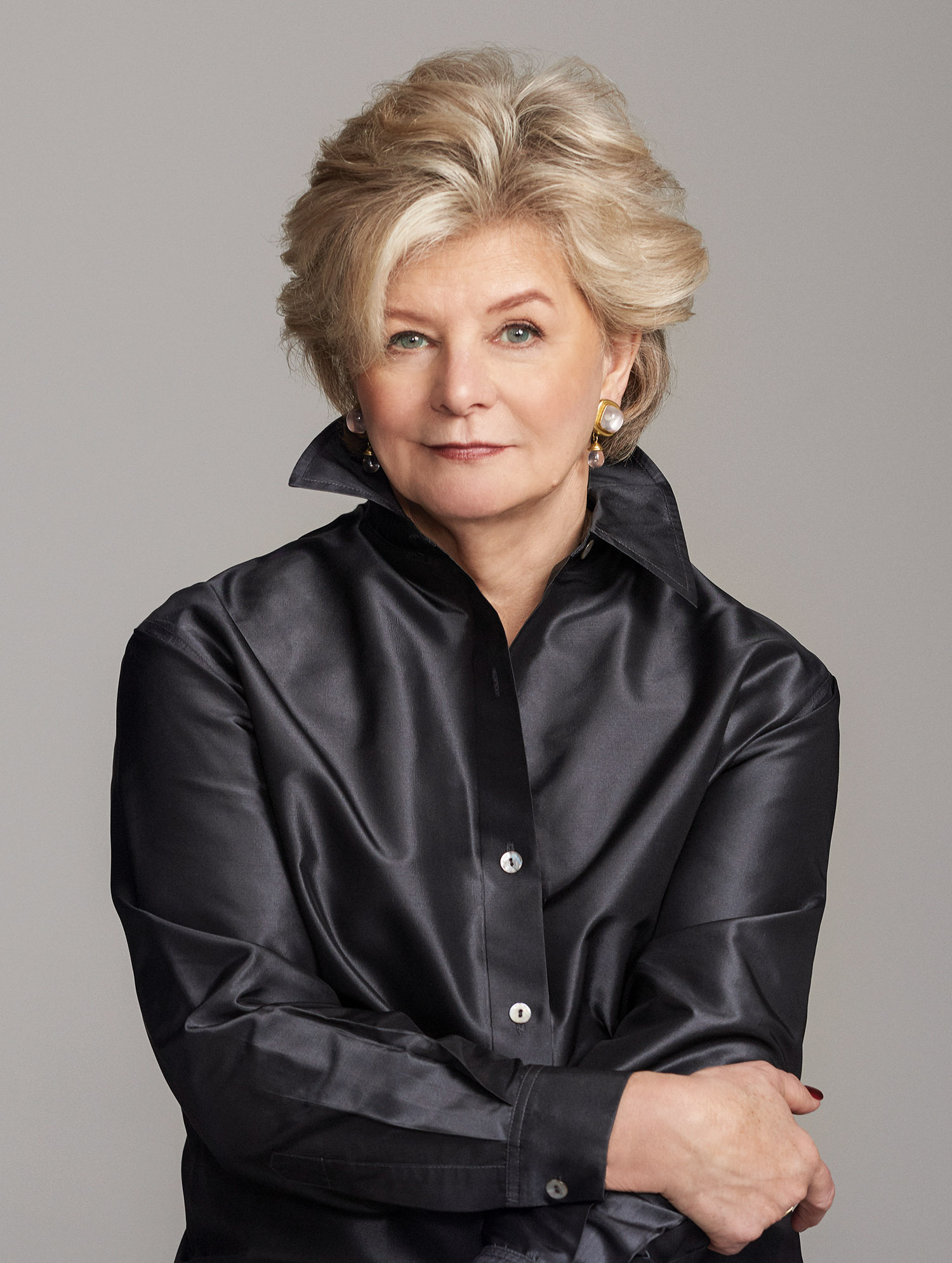
With a lifelong love of gardening, designer Charlotte Moss has long been intrigued with what draws people—especially women—into the world of horticulture. Some have made it their professions, while others have become enthusiasts, patrons, philanthropists, or simply weekend hobbyists. And then there are those who write about all things gardening. In her new column for FLOWER, Charlotte explores some of these women and the journeys that led to their passions for plants and flowers. She also has a forthcoming book with Rizzoli on the subject of gardening women set to release spring 2025.



